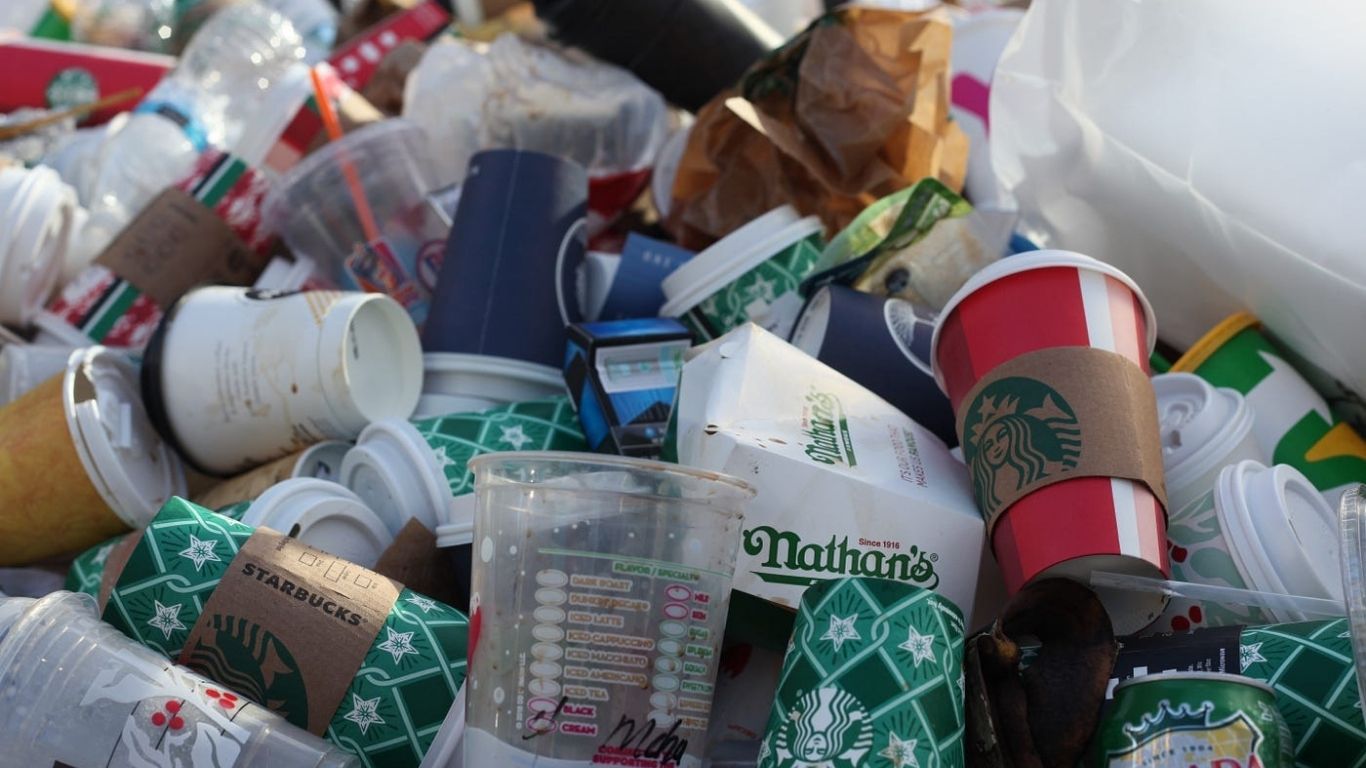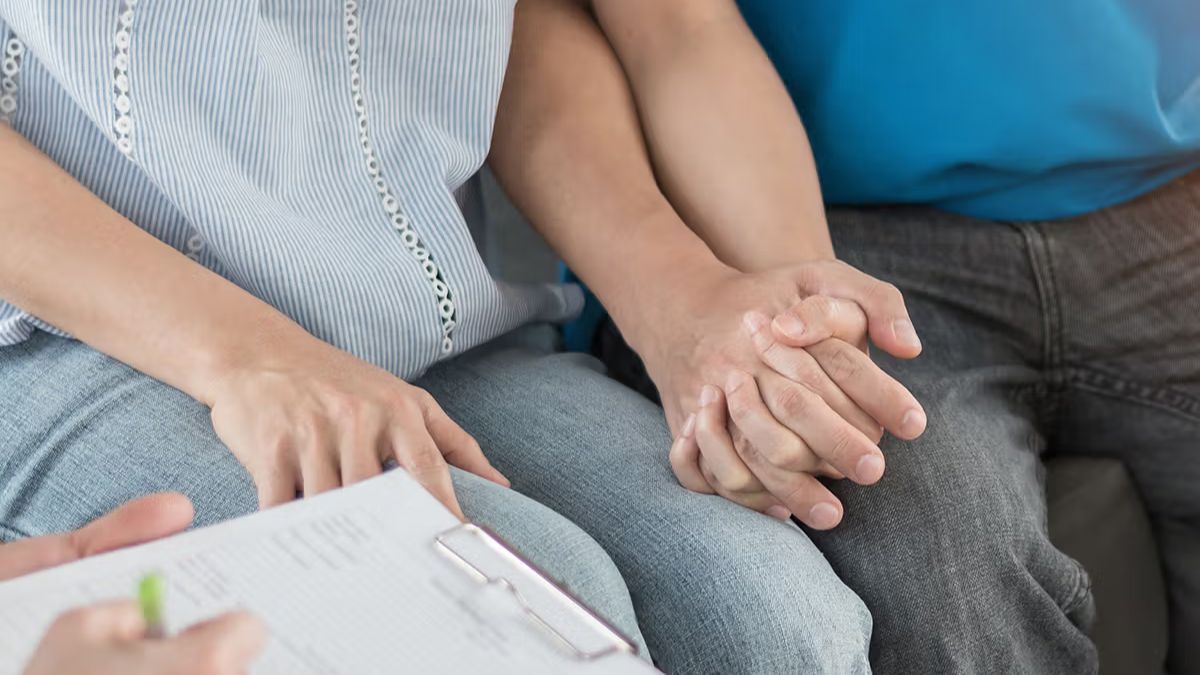It’s been a long day. You’re tired, and starving, and the last thing you care to do is cook. So, you take out your phone, tap it a few times, and your go-to dish arrives. It’s convenient and trouble-free. But beneath this perfect system, something is beginning to crack. Small eateries struggle to survive, food delivery riders work too much, and neighborhood businesses are disappearing. So, is your food delivery habit good or bad?
The Silent War: Restaurants vs. Food Delivery Apps
Food delivery apps initially used to be every restaurateur’s dream. Increased visibility, more customers, more orders—what could possibly go wrong? But the harsh reality hit.”We barely earn any profit.” The majority of restaurants pay up to 30% commission charges per order, making it practically impossible to stay in business.”They favor big brands.” Small eateries struggle to compete while the apps promote fast-food giants and chain restaurants.”We’ve lost control.” Restaurants depend on these platforms, but if an app changes its rules overnight, they’re powerless to fight back. The pattern is the same worldwide. New York. London. Dhaka. Sydney. Mumbai. No matter the country, the problem is the same: restaurants are getting squeezed dry.
The Hidden Costs of That Quick Delivery
Every time you dine out, there are three stories that are unfolding behind the scenes:
1. The Restaurant Owner’s Struggle
Consider running a small family dinner. Your food is great but with growing costs and massive delivery app commission fees, making a profit proves to be elusive. You’re forced to jack up menu prices, and your customers complain. The app shows favor to recognizable brands, with you stuck near the end of the list. You exit the platform, and your orders drop to zero. It’s a no-win.
2. The Delivery Rider’s Race Against Time
Think about the rider bringing your meal now. They zoom through traffic, struggling under great pressure to get here on tight deadlines. Some work 12+ hours a day just to get by, but then can’t even afford to pay for gas or rent. In places like Bangladesh, India, and Pakistan, some of the bikers earn less than minimum wage after deductions. They work so we can eat in comfort. But who cares about them?
3. The Customer’s Dilemma
You get convenience, speed, and discounts as a customer. But at what cost? Would you pay a little extra if it would keep a restaurant open? Would you wait a few extra minutes if it meant that a delivery rider wasn’t risking his or her life to meet a deadline? Would you order directly from a restaurant if you knew it would allow them to keep their doors open? We don’t consider those things when we order, but perhaps we should.
Are We Becoming Too Dependent on Food Delivery Apps?
Will we be giving up too much if we give up food delivery apps? The more we use them, the more they get control. Imagine, one evening, your favorite local restaurant disappeared from the platform. Would you even notice? A majority of small restaurants rely entirely on food delivery apps these days—but what if: The app increases commission fees? The algorithm changes, burying their restaurant in search.A big chain buys priority placement, stealing their customers? This is not speculation—it’s already happening. Restaurants are being driven out of business, and yet we keep ordering.
Rich vs. Poor Countries: Who Actually Benefits?
The impact of food delivery apps is not even across the board.
In Rich Countries: A Convenience Problem
In nations like the U.S., the UK, and Australia, people enjoy the convenience of food delivery. But at what cost? Small eateries are closing down, not able to compete with fast-food chains. Gig economy delivery riders usually receive no benefits, sick leave, or employment protection. Governments are finally stepping in and enacting laws to curtail delivery app commissions.
In Developing Nations: A Necessary Evil?
In nations like Bangladesh, India, and Pakistan, food delivery is a blessing and a bane. It gives jobs, but workers receive many fewer dollars than Western workers. It delivers orders to small eateries, but high commissions keep them in the red. It provides consumers with cheap deals, but the deals are typically subsidized by the restaurants themselves. So is food delivery making life easier or killing companies?
What’s the Future of Food Delivery?
If this trend continues, then what? Will mom-and-pop restaurants disappear, and only behemoth fast-food chains be left? Will delivery workers ever get decent pay and benefits? Will consumers start making different choices when they are finally made aware of the implications? We are at a crossroads today. If food delivery apps are here to stay, then they must be fair—to restaurants, to workers, and to consumers. How can it change? Lower commission fees, so small restaurants don’t just survive but thrive. Competitive wages for delivery riders, so that they don’t have to work obscene hours to make a living. Inciting direct orders, so local stores don’t have to pay outrageous fees to reach their own customers. Restaurants are already starting to push back. Some are discounting direct orders. Some are creating their own delivery systems. Some are demanding new legislation. Will it be enough?
What Can You Do?
Food delivery apps are not evil in and of themselves, but their model needs to change. As customers, we have more influence than we realize. Next time you order, think about what you’re supporting. Experiment with calling the restaurant yourself. Some offer special deals for direct orders. If you do use a food delivery app, tip your driver generously. Many just make tips. Small actions can collectively make a difference. Because if we don’t do things differently now, one morning we will wake up and find that our favorite neighborhood eateries—the ones that are home away from home—are gone for good.
Final Thoughts
The future of food delivery isn’t decided yet. If we want to keep our favorite local restaurants in business, we must alter how we order. Next time, make sure to call the restaurant yourself or tip your rider generously. Every choice we make impacts the food industry—so what do we want our future to look like?



